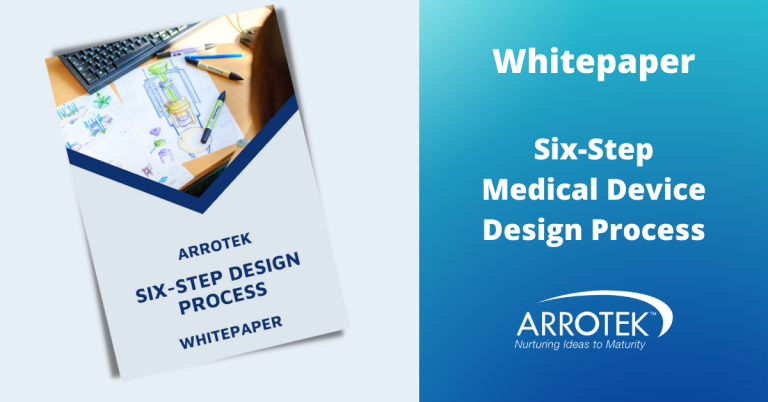Design for Manufacturing (DFM) is a set of principles that ensure new medical device products can be efficiently manufactured. The primary goal of DFM is to reduce manufacturing complexities, costs, and problems while maintaining quality, safety, and performance, particularly in relation to the product’s defined functionality requirements.
The elements of a product’s design that engineers analyze when considering DFM include:
- Material selection – materials used to manufacture medical devices must be biocompatible and safe. Material selection is also often essential to achieve the required performance characteristics for the product, particularly if the product is a complex minimally invasive medical device. Additional material selection considerations include choosing materials that can be reliably sourced and that are affordable and suitable for manufacturing processes.
- Simplification of parts – this involves designing medical device products with a minimal number of parts as well as features that maintain quality and safety while reducing assembly time, costs, and potential errors.
- Standardization of components – using standard components wherever possible brings economies of scale benefits and reduces the need for custom parts.
- Ease of assembly – designing medical device products that are easy to assemble can involve features that reduce the need for orienting and fastening.
- Minimizing complex operations – avoiding, where possible, overly complex shapes or movements in the manufacturing process to reduce the need for specialized machinery or labor-intensive processes.
- Modularity – creating product designs that facilitate customization and scalability.
- Error reduction – optimizing the design to make the product easier to manufacture correctly the first time.
- Cost-effectiveness – ensuring the design minimizes production costs while meeting quality, safety, performance, and compliance requirements.
- Manufacturing process compatibility – ensuring the design of the product is, as far as possible, compatible with existing manufacturing processes and technologies. This can avoid the need for new investments in machinery or training.
For more information about DFM best practices in medical device design projects, read the blog on our arrotek.com website.





